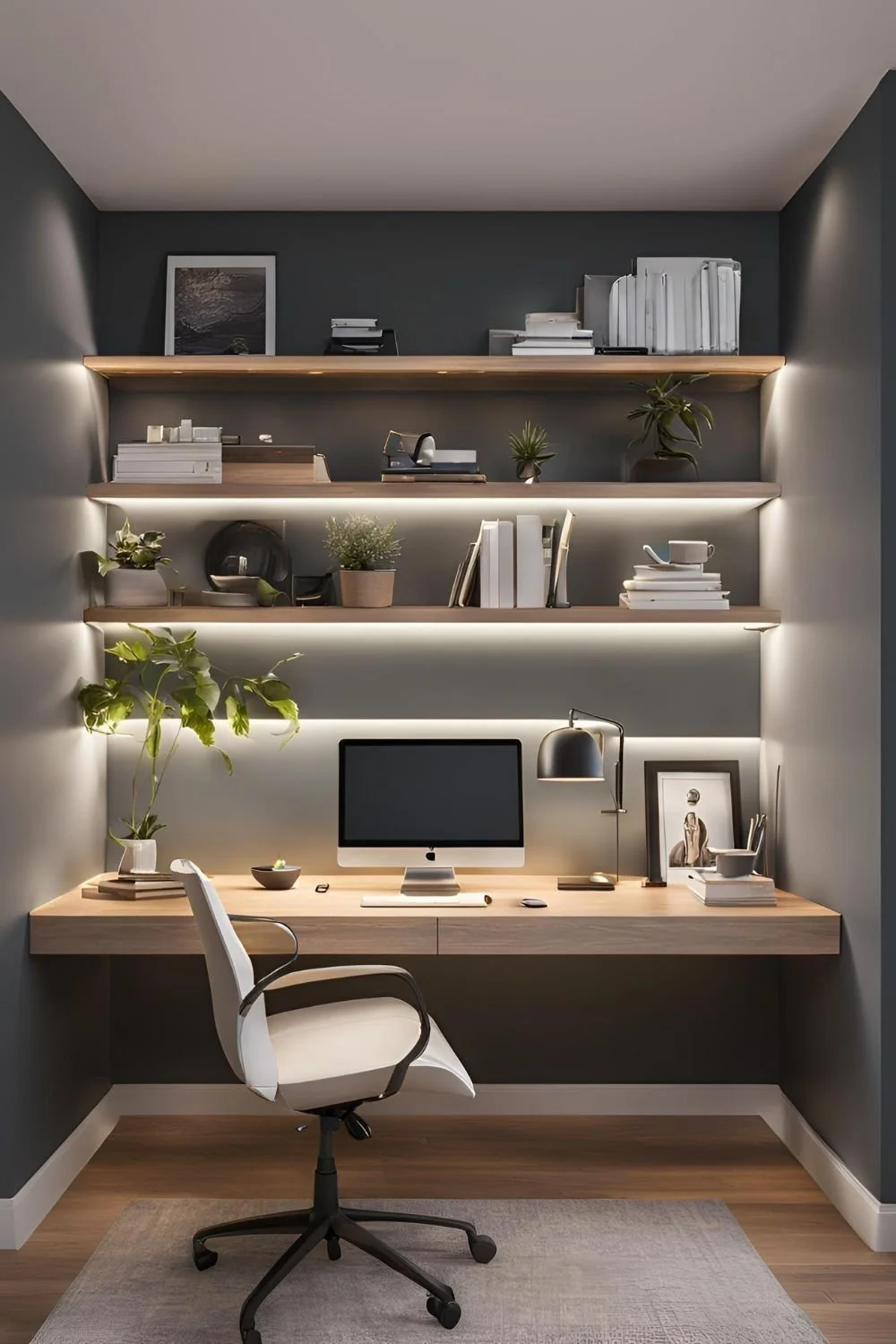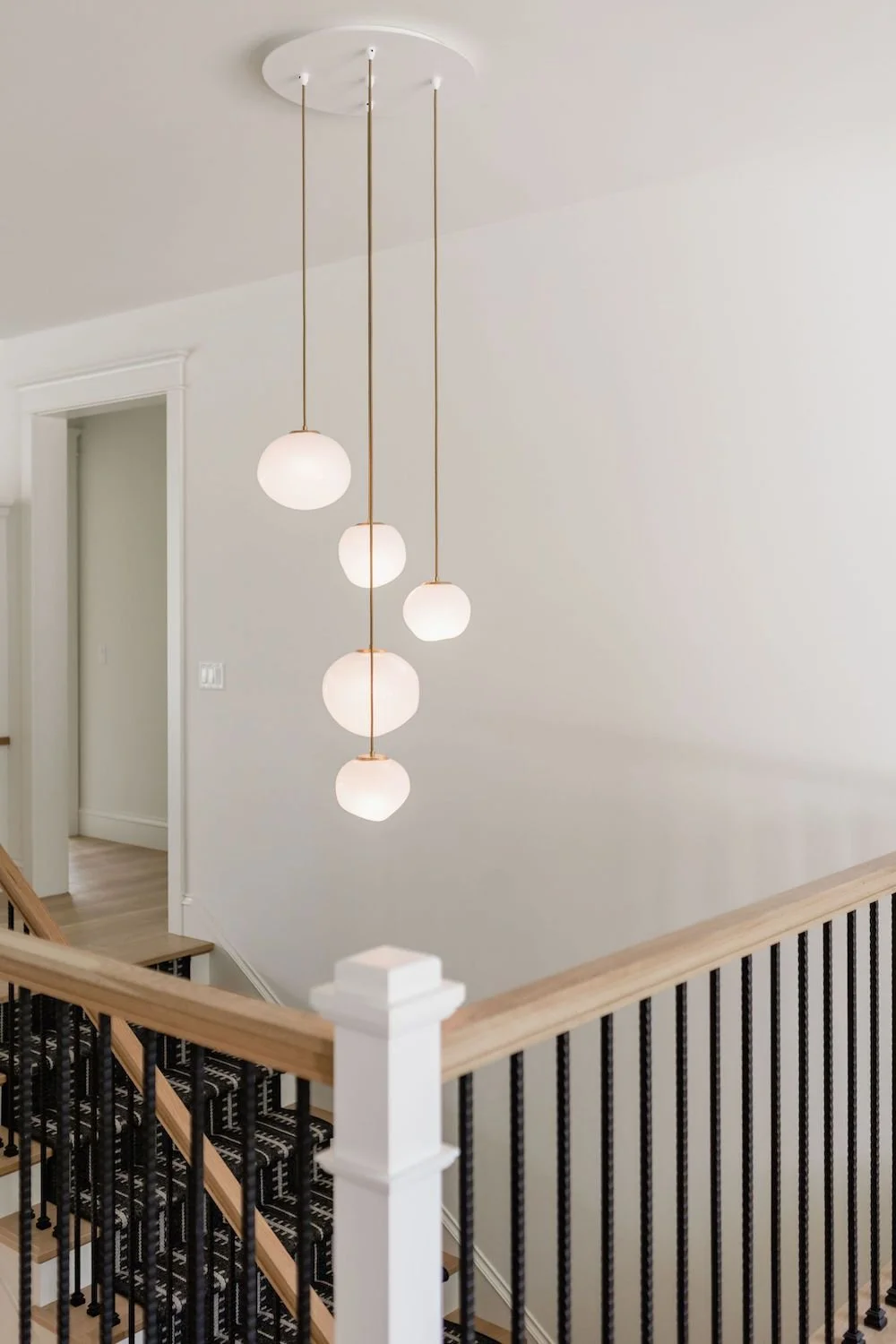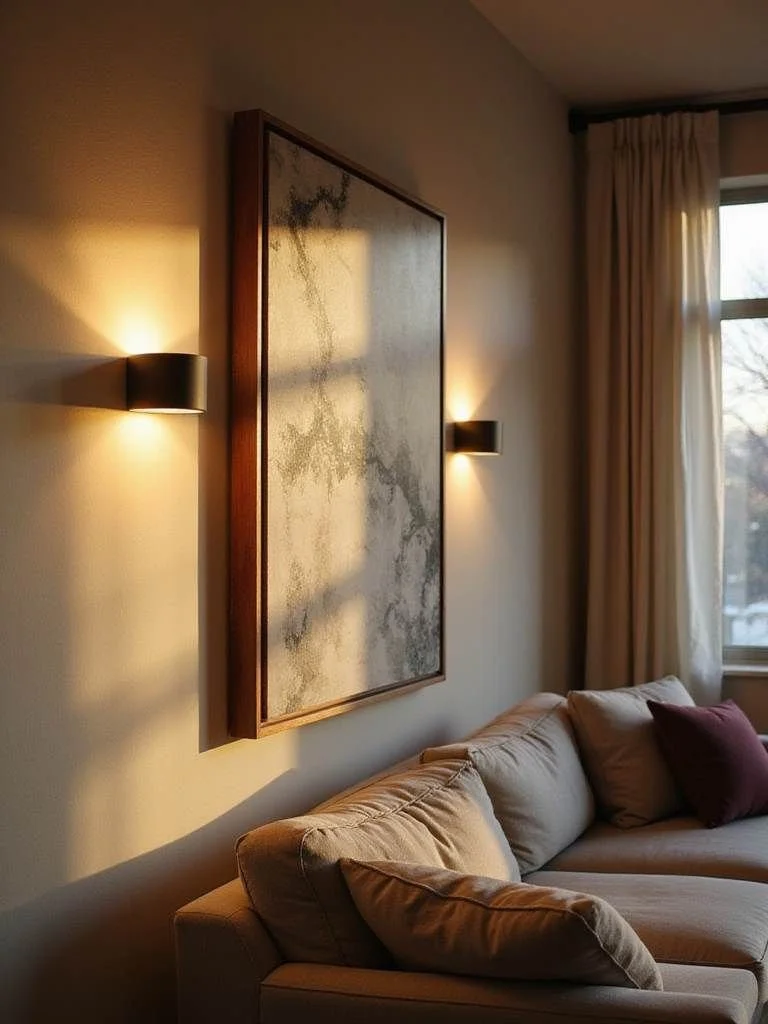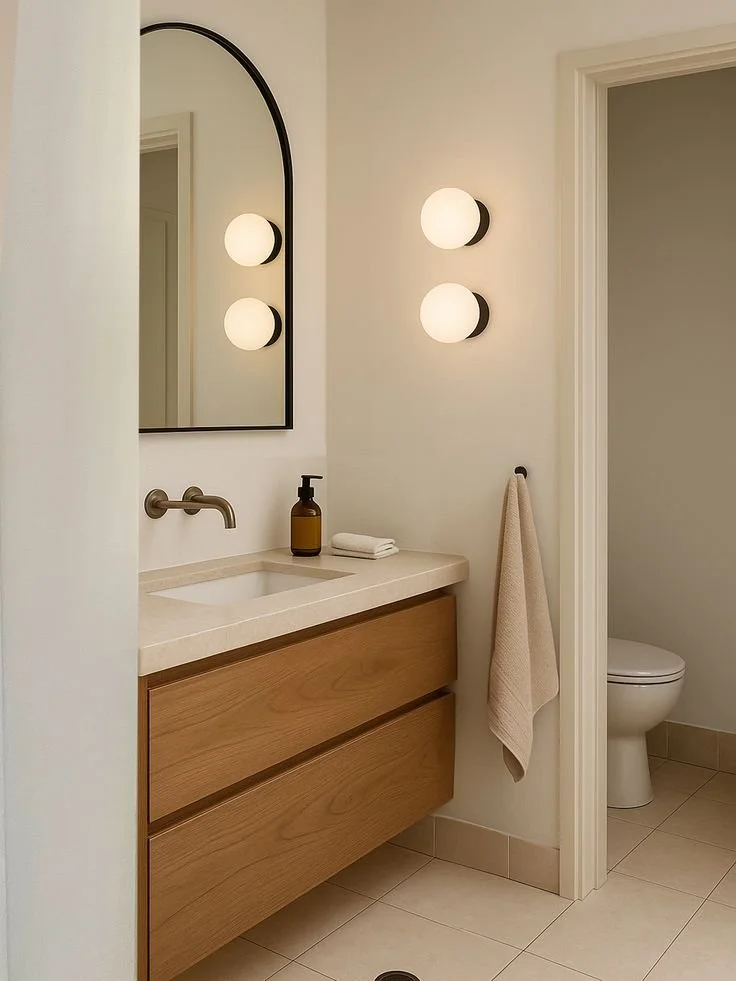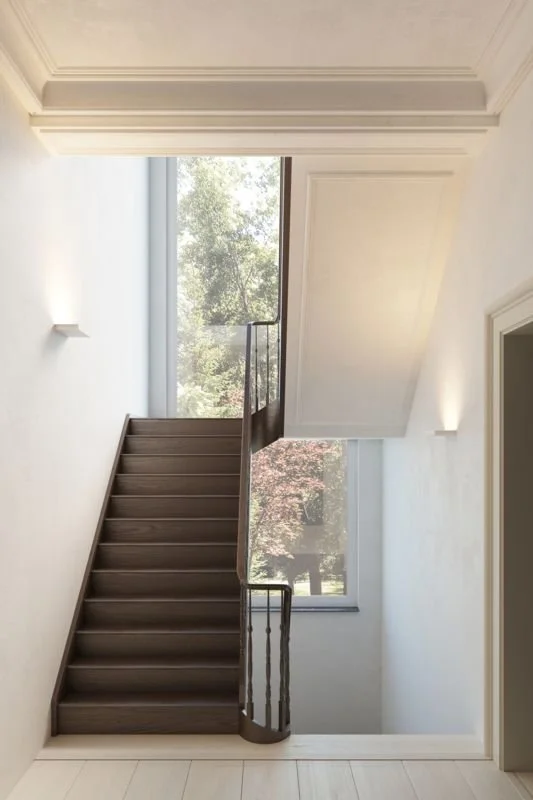How to Transform Your Home Lighting Without Relying on Ceiling Lights
When people think about home lighting, the first thing that comes to mind is often downlights. While practical, downlights can be harsh, flat, and uninspiring. The truth is, great lighting doesn’t just brighten a room—it shapes the mood, highlights features, and makes everyday tasks easier.
The secret? Layering your lighting. This means combining task, ambient, and accent lighting to create balance, warmth, and flexibility in your space— ideally without flicking on the big ceiling light.
Task Lighting: Focus Where You Need It
Task lighting is all about function. It provides direct, concentrated light for specific activities like reading, cooking, or working.
Ways to add task lighting without a ceiling light:
Desk or table lamps: Perfect for home offices, study corners, or bedside reading.
Under-cabinet lighting: Ideal for kitchens, it makes food prep safer and easier.
Adjustable floor lamps: Great next to a sofa or armchair for knitting, reading, or laptop use.
Ambient Lighting: The Foundation of the Room
Ambient lighting gives overall illumination—the soft glow that fills a space and sets the tone. Instead of a glaring dowlight, you can create a warm, inviting atmosphere with a few thoughtful swaps.
Ideas for ambient lighting without overheads:
Ceiling Lights or Pendant: Spread a gentle, even light across the room, by purchasing a light with a wide angle of light.
Directional Wall sconces: Add sophistication and distribute light at eye level.
Bulk head Lighting : Add stripe lighting to the perimeter of your ceiling to create cascading light.
Accent Lighting: Highlight and Add Drama
Accent lighting adds depth and dimension. It’s less about practicality and more about creating visual interest, drawing the eye to features, or setting a mood.
Ways to add accent lighting without ceiling fixtures:
Picture lights or clip-on spotlights: Highlight artwork, shelves, or architectural features.
LED strips: Tuck them behind furniture, mirrors, or under shelves for a modern glow.
Candles or lanterns: Provide a softer, atmospheric touch for cosy evenings.
Here are some examples of different lighting possibilities
Understanding Lighting Temperatures
Lighting temperature—measured in Kelvin (K)—has a big impact on how a room feels. Warmer tones (around 2700K–3000K) give off a soft, golden glow that feels cozy and inviting, perfect for living rooms and bedrooms. Neutral white light (around 3500K–4000K) strikes a balance, making it ideal for kitchens or bathrooms where clarity matters but you still want warmth. Cooler, daylight tones (5000K and above) are crisp and energising, great for task-heavy areas like home offices. By mixing different temperatures in different spaces, you can create zones that feel both functional and atmospheric.
Lots of bulbs now come with the option to switch between the three types of light, however, I don’t think that’s necessary if you have carefully planned your lighting before install.
Bringing It All Together
A well-lit room doesn’t rely on a single source of light. Instead, it’s about layering different types of lighting—task, ambient, and accent—so that your space feels flexible and alive. The best place to start is to think about what you do in each room, then mix lighting sources to match those needs. Swap out the harsh ceiling light for lamps, sconces, strips, and candles, and you’ll instantly notice your home feels more comfortable, stylish, and welcoming.
If lighting is an area you are struggling with in your home, reach out and we can discuss how I may be able to help.
xx.



